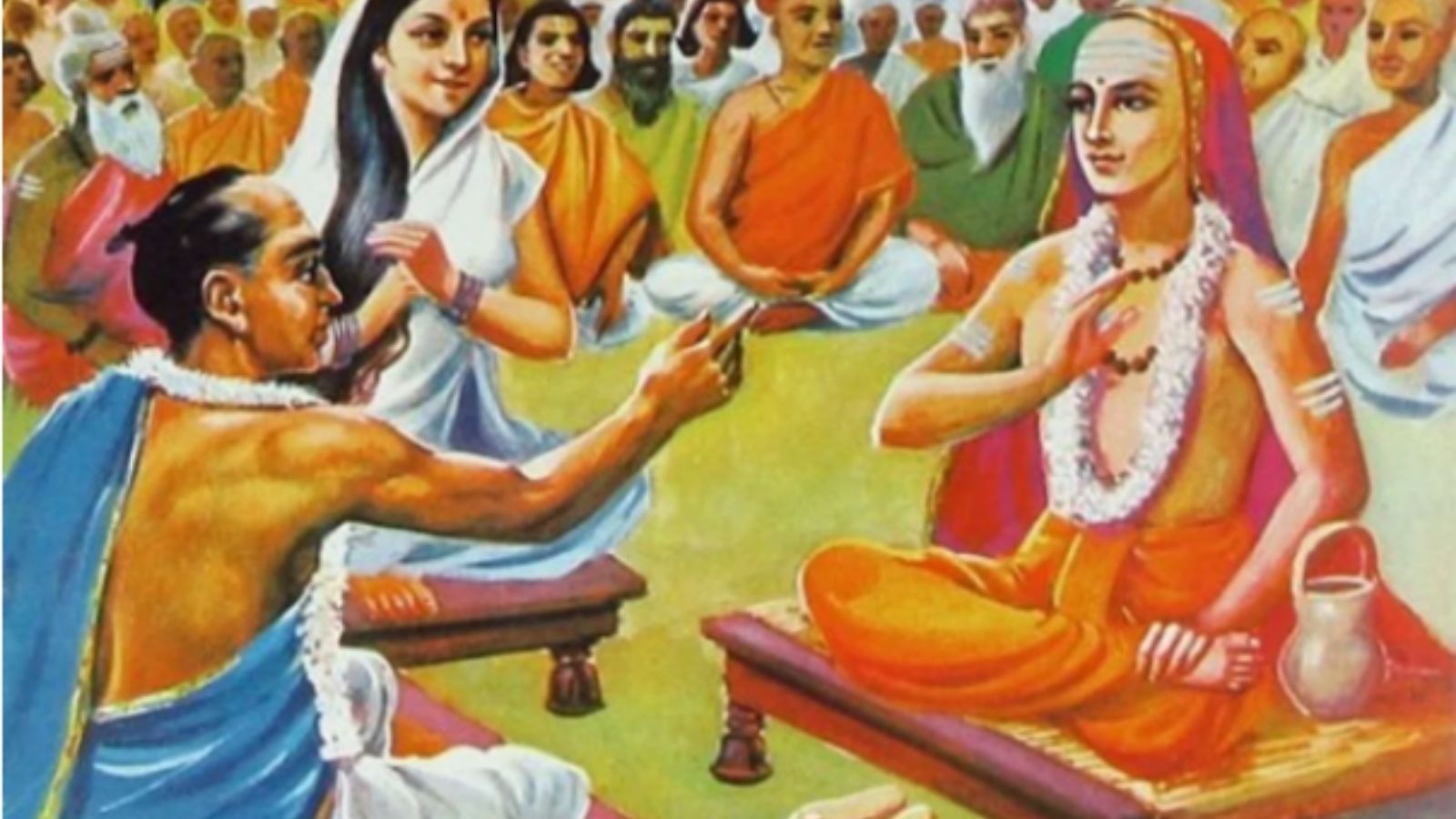ByShyam Krishna Kumar, Vision India Foundation Fellow
This article was published in the Swarajya
The source of the image is Vision India Foundation
- In ancient India, discussions or debates were a means to arriving at knowledge and wisdom.Sadly, today, the very opposite is being pursued.
Every other day we find the public discourse flooded with a seemingly life-or-death issue that inevitably polarises people into opposing camps. We find ourselves caught in a swirling vortex of politically charged jargon and competing narratives that serve more to obfuscate and drive agendas than to bring clarity and depth. The discourse is marked by polarisation, bitterness, and rancour with labels like ‘fascist government’, ‘anti-national’, ‘Sanghi’, ‘pseudo-secular’ and so on being bandied about ever so casually. Needless to say, prime-time debate theatrics have brought the culture of debate and discussion to a new low. An exercise which should have paved the way for an informed and comprehensive public dialogue has, in fact, exemplified methods and tactics for a degenerated and tainted public discourse.
Interestingly, neither the phenomenon of a tainted discourse nor the tactics is a modern invention. However, in a civilisation that has had a vigorous dialectic tradition spanning millennia, quality control mechanisms were evolved to effectively address this aspect and ensure that the quality of discourse was upheld. This is seen especially in the Nyaya and Tarka traditions – which developed an entire system and process of dialogue. The Nyaya Darshana considered reasoning as the means to discern sat (real) from asat (unreal), and therefore dialogue was considered as a sacred yagna and a sadhana that could lead to moksha. It discusses in detail different forms of dialogue – samvaada, vaada, prativaada, and jalpasamvaada is a sincere conversation between the teacher and the taught. It is a dialogue that teaches and imparts knowledge.
Read full Article on Swarajya

